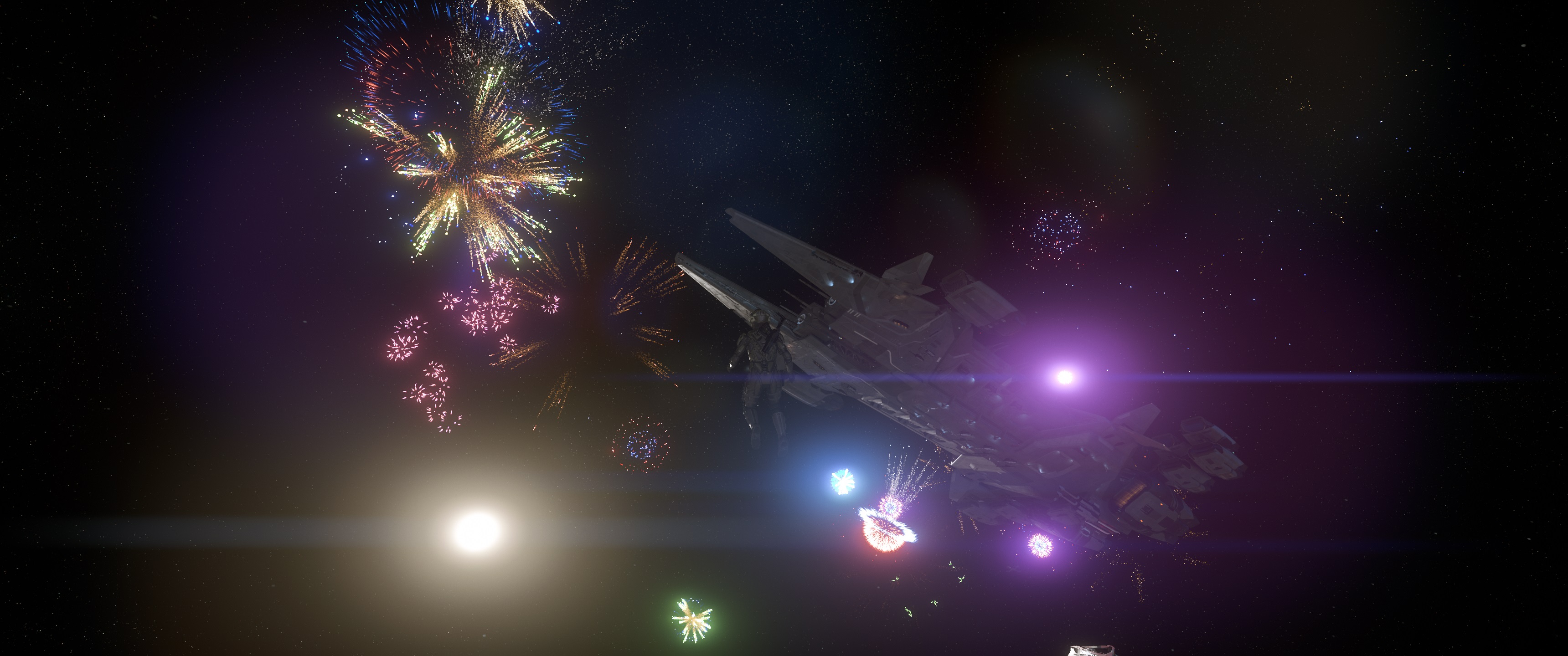Welp, 40 minutes of having to rewind every few seconds just to make sure I didn't miss his meaning. Here's a rough summary and you probably should watch it whenever you get a good full hour to focus because this is
not light watching.
Out of the gates, what I think makes Quantum valuable is its granularity. A lot of what Tony describes is something other games do, but the fact that each Quanta is simulated and has these attributes and preferences gives it both a granularity and realism that can't be matched by a rough and general ruleset.
I was quite happy to hear about performance. About 100K quantas get simulated, now in C# and as expected massive parallelization is crucial to performance. I am also very relieved to hear that they have hit their performance target with room to spare for the worst use case scenarios.
One thing that truly blew my mind is that Quanta detect resources, have organizations and communicate said resource information among each other. He wasn't kidding about saying that they needed better resource locking synchronization.
Not surprised that Quantum is quite different from what was there previously and that there's still a lot of engine plumbing to do for it to be integrated into gameplay services properly.
I'm really pleased to hear that iCache is nearly complete, and its engineers are moving onto other tasks, that's really cool to hear. Virtual AI in particular was a new one for me, and serves the purpose of making Subsumption less stateless by connecting it to Quantum.
I'd been wondering about this one so it's pretty cool to hear about it. VNPCs are basically always alive but also very efficient, can transition back and forth from incarnating as a Subsumption NPC that players can see. VNPCs are basically the persistent version of an in-game subsumption NPC once it's culled out. And of course with such a lifespan, they accumulate history and can evolve traits (I assume). That's one of their strengths, being able to execute even when a player isn't around and thus doing things that a Subsumption NPC simply can't.
The difficult to understand nuance is that not all subsumption NPCs are VNPCs. Most created from probability volumes are just your run of the mill NPC who never persist. Where it gets really crazy though is that
they, too, trigger probability volumes. That, and Quantum, gives the "simulated universe" tag-line immense credibility. Information that both Quantas, VNPCs and players generate is of course fed back into Quantum. VNPCs, given a long enough lifespan, can evolve into rather impressive world figures from the sound of it.
We see how ATC and other server meshing-related services are important for more than players, in that VNPCs interact with it too in order to dock even as the object container is unloaded on the server side. That makes a lot of sense and, again, makes the universe feel far more real and functional.
NPC scheduler takes control of VNPCs in landing locations given that it handles who resides at what location. This is similar to the dynamic population feature, except that here it's quanta driving that feature instead of Virtual AI as far as deciding its population contents. If you are lost, just think of it like high-fidelity sims agents standing against a backdrop of NPCs created by the background simulation based on world state that don't have a unique life history.
The one thing I wonder about is whether VNPCs are in effect connected to Quantas (I doubt it given the massively parallel nature of operations made on them) or if they are entities created under specific conditions, perhaps from player and Probability Volume encounters. Anyone got that?
Moving onto dynamic events : they are basically global (synchronization woes ahoy, again). One thing I'm less clear on is whether those are specific to servers in the instantiated sense we know today or if it pertains to regions of space in the future meshed application. Could use some clarification there too since he did mention each server could have its own unique state which speaks to instantiation, but could also mean smaller chunks of space and hierarchical sections of the event. His later example seem to clearly show that it's meant for the current instantiation state of servers though.
What really blew my mind though was that demonstration of a stage of the event that created demand for an item at Olisar. I expected it to just be a run-of-the-mill, cool thing that players were expected to fulfill. But then he switched to Odin's visualization layer for Quantum and, sure enough, Quantas were working with the event too and it was throwing a wrench into the simulation and had consequences rippling through the economy. That's damn cool and speaks to how interconnected everything is, far more than I expected.
One thing I'd been wondering about he just covered : how players are supposed to find out about fluctuations without relying on out-of-game websites (looking at you, Inara). Turns out, still no in-game tool for that but there will be dynamic price alerts. That's not anecdotal either given that this is something shops will emit as a response to shortages.
One thing I haven't really emphasized about Odin so far is that it's a masterclass in information visualization. These things are quite complex and multidimensional and I find it to be doing a damn good job of conveying them. Tony's team has been busy.
Back to dynamic events, one thing that I find quite cool is that they don't behave the way they usually do in games. Think FFXIV FATEs or GW2's world events where they are their own bubbles. As Port Olisar gets overwhelmed by pirates, the Quantum simulation responds to that as well, the event doesn't exist in a frozen state of the game world. The world and Quantum simulation pushes back on the various forces created by the event. The way probability volumes themselves change is due to rippling systemic effect in Quanta and player actions from scripted changes instead of hard-coding what, say, the security response and trade traffic is going to be for as long as the event phase remains.
What's really cool is that the price is still driven by offer and demand during that event. A soon as things get less hectic, prices will stabilize. What Tony pointed out is that this is the usual buy low/sell high, but justified by world events and simulations with actual costs to players and Quantas that intuitively explain both the price disparity and the demand for the item at all.
And that's it! Phew. It truly is amazing to see that vision articulated years ago be delivered on in such a way. Great job there.
TL;DR :
- iCache is nearly complete
- Quantum now performs at their intended target for a complex solar system
- Quantum has been integrated into the backend and is starting to communicate with gameplay services
- Improved accuracy in Quanta-related positioning and Quanta attributes
- All the quantum stuff is slated to release inside the year (slated. Not promised. Slated.)
- Virtual AI creates VNPCs that are NPCs simulated at all times and that incarnate to and from Subsumption, player-facing NPCs. Bounty Hunter v2 is going to be the first visible implementation of it.
- Dynamic Events integrate into every system of the Quantum simulation and it's really cool to see. Think throwing a rock into a pond and seeing the waves ripple out.
- 0 y'know.
Also, a massive thanks to whoever at CIG is responsible - including Tony Z, no doubt - for both those presentations and putting this together. This was a megaton of an infodump the likes of which we hadn't seen since Citizencon.
Edit : added thanks, fixed typos and refined explanations a little.












 (Javelin ist auch drin)
(Javelin ist auch drin)



